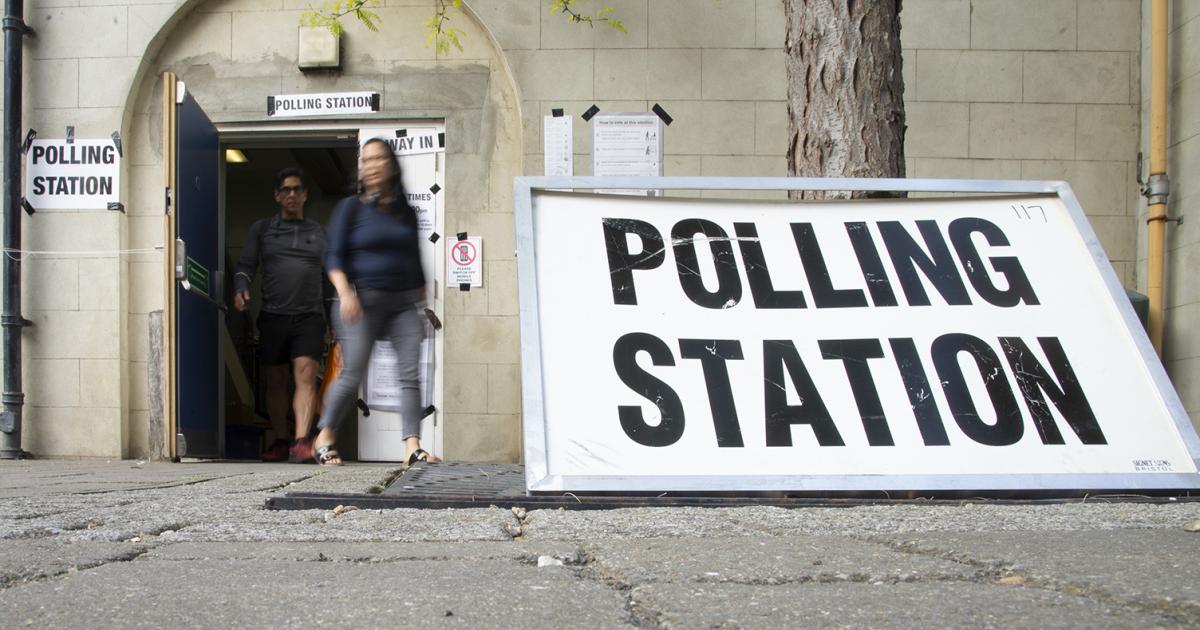Voting systems play a crucial role in determining election outcomes and shaping the political landscape of a country. Different voting systems can lead to vastly different results, even with the same set of votes. This is because each system has unique rules for counting votes, distributing seats, and declaring winners. Understanding how voting systems affect election outcomes is essential for grasping their impact on representation, governance, and public policy.
Types of Voting Systems
Various voting systems are used worldwide, each with its own mechanisms and effects. Some of the most common types include:
- First-Past-the-Post (FPTP): A plurality system where the candidate with the most votes wins.
- Proportional Representation (PR): Seats are allocated based on the proportion of votes each party receives.
- Ranked-Choice Voting (RCV): Voters rank candidates in order of preference, and votes are redistributed until a candidate achieves a majority.
- Mixed-Member Proportional (MMP): A hybrid system combining elements of FPTP and PR to ensure both constituency and proportional representation.
Each system influences election outcomes differently, affecting party representation, voter behavior, and policy direction.
Impact on Political Representation
Voting systems significantly impact political representation. In FPTP, for instance, the winning candidate only needs to have more votes than the others, not necessarily a majority. This often leads to a “winner-takes-all” scenario, where smaller parties receive little to no representation despite receiving a substantial share of the vote. As a result, FPTP tends to favor larger parties and can lead to a disproportionate outcome where the distribution of seats does not reflect the popular vote.
Conversely, PR systems aim to represent voters proportionally. Smaller parties have a better chance of gaining seats, making the legislative body more reflective of diverse political opinions. However, PR can also lead to fragmented parliaments and coalition governments, which may complicate decision-making processes.

Influence on Voter Behavior
The type of voting system used also affects how people vote. Under FPTP, voters might engage in “tactical voting,” where they choose a less preferred but more viable candidate to prevent an undesirable candidate from winning. This strategic behavior often discourages votes for smaller parties or independent candidates, further entrenching a two-party system.
In contrast, Ranked-Choice Voting encourages voters to rank candidates based on genuine preferences without fear of “wasting” their votes. This can lead to more diverse candidates running for office and a broader range of political opinions being represented. Voters feel more empowered to vote according to their true preferences, potentially increasing voter turnout and satisfaction.
Effect on Election Campaigns
Voting systems also influence how election campaigns are conducted. In FPTP systems, campaigns often focus on swing districts or regions where the outcome is uncertain. Candidates tend to prioritize issues that appeal to undecided or moderate voters, sometimes at the expense of broader policy discussions. This approach can lead to a polarized political environment where parties concentrate on criticizing opponents rather than presenting comprehensive policy platforms.
On the other hand, PR and RCV systems encourage broader coalition-building and consensus politics. Candidates are more likely to reach out to a wider base of voters, knowing that second or third preferences could be decisive. As a result, election campaigns tend to focus more on policy issues and collaboration, fostering a more inclusive political dialogue.
Potential for Electoral Reform
The choice of voting system can lead to calls for electoral reform, especially if there is a perception that the current system is not adequately representing the electorate’s will. For instance, countries using FPTP may consider shifting to PR or RCV to address issues of disproportional representation and ensure more equitable outcomes. Reforms can help enhance democratic legitimacy and public confidence in the electoral process.
However, electoral reform is often a complex and contentious issue. Political parties that benefit from the current system may resist changes that could diminish their power. Therefore, any move toward electoral reform requires careful consideration, public consultation, and a focus on long-term democratic values.
Conclusion
Voting systems are fundamental to the functioning of modern democracies, and their design directly affects election outcomes. Different systems offer varying degrees of representation, impact voter behavior, shape campaign strategies, and may prompt calls for electoral reform. Understanding these effects is crucial for fostering a more inclusive and representative political environment that reflects the diverse voices of the electorate.
